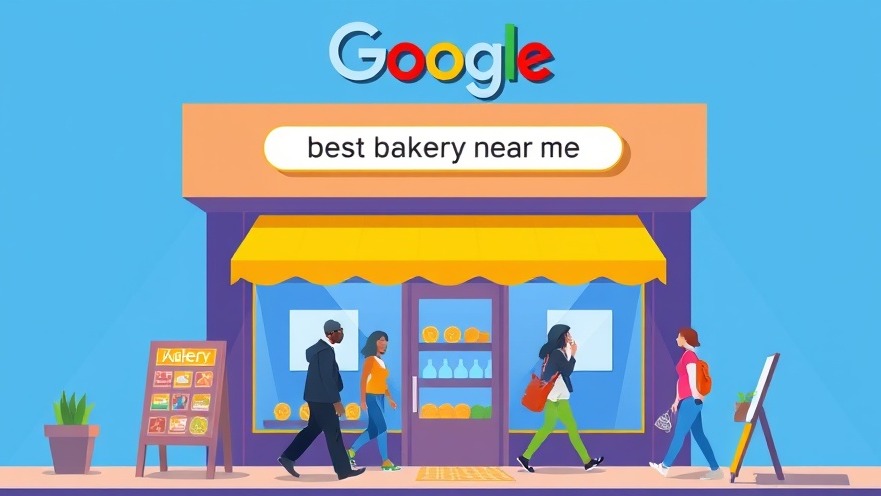Nextdoor is a social media platform that connects users with
their neighbors and local businesses. With over 88 million users across 11
countries, it presents a unique opportunity for businesses with a local
presence to reach potential customers in their area. Notably, Nextdoor's
demographic differs from other social media platforms like Facebook. While 45%
of Nextdoor users are over 55 years old, only 21% of Facebook users fall
into this age group. Additionally, 64% of Nextdoor users are female. This
guide will walk you through the process of setting up and optimizing your
Nextdoor business page, as well as implementing effective advertising
strategies to help you succeed on the platform.

Benefits of Advertising on Nextdoor:
1. Increased brand awareness and strong customer relationships with those most likely to buy from your local business.
2. Targeted advertising to people more likely to visit your brick-and-mortar store or use your local services, potentially leading to a lower customer acquisition cost.
3. Generation of referrals and positive word-of-mouth recommendations from satisfied customers.
4. Networking and collaboration opportunities with key figures in your community, such as politicians, journalists, bloggers, and other businesses.
5. Staying informed about news and developments in your area, which can be leveraged in your marketing efforts.
6. Gaining a better understanding of your local customers' preferences, enabling more effective marketing strategies.
Advertising Costs on Nextdoor:
1. Creating a Nextdoor business page is free.
2. Local Deal Ads, which promote special offers to customers, can cost as little as $3, with the average campaign cost being around $75. The cost is calculated based on the duration of the ad and the number of neighbors reached.
3. For national and international businesses looking to advertise on Nextdoor, costs are available on demand.
Step 1: Create Your Nextdoor Business Page
1. If you have a personal Nextdoor account, click on your profile photo and select "add business page." If you don't have an account, create one at nextdoor.com/business.
2. Provide your business name, address, category, logo or profile photo, and contact details (email, phone number, and website URL).
3. You can claim up to ten business pages per Nextdoor account if you operate in multiple locations.
Step 2: Verify Your Nextdoor Business Page
1. Some businesses may need to verify their page before posting, depending on the country and type of business.
2. If verification is required, you'll see a notification on your page. Follow the instructions to complete verification via phone call, text, or by uploading documents (e.g., bank statement, utility bill, or business license).
3. Ensure your documents clearly display your business name as it appears on Nextdoor and are dated within 90 days, if applicable.
Step 3: Optimize Your Nextdoor Business Page
1. Include your website, email address, phone number, and business hours to make it easy for customers to contact and visit you.
2. Upload a logo and cover photo that showcases your business (e.g., a restaurant displaying its delicious food).
3. Use the "business story" section to explain why you do what you do and why you love your local community. Tell a compelling story to engage prospective customers.
Step 4: Implement Nextdoor Advertising Strategies
1. Ask customers to leave Nextdoor recommendations:
o Recommendations serve as endorsements and show that you're reliable and trustworthy.
o You need three recommendations to appear in search results.
o Ask friends, family, and customers to recommend your business by going to your page or tagging you using "@" followed by your business name.
2. Engage with neighbors:
o Treat Nextdoor as a two-way communication platform by asking questions, sharing relevant content, and engaging with other users' posts.
o Recommend and favorite other businesses, welcome new neighbors, and join groups to increase your visibility.
o Follow the 80/20 rule: 80% of your content should be informative and entertaining, while 20% can be promotional.
3. Share business posts:
o Post updates about your business directly from your verified business page.
o Use polls to drive engagement and gather valuable data for your business growth.
4. Create Local Deal Ads:
o Promote special offers to customers inside and outside your neighborhood using Local Deal Ads.
o Your ad will appear in various places on Nextdoor, including the Local Deals section, neighborhood newsfeed, Daily Digest email, and search results.
o The average cost of a Local Deal is about $75, calculated based on the duration and number of neighbors reached.
o To set up a Local Deal Ad, choose "Posts" on your business page, select the type of ad, create the ad content, set the audience radius (up to 10 miles), and provide payment information.
5. Track and measure performance:
o Use the Nextdoor advertising dashboard to view metrics like impressions, clicks, and click-through rate (CTR).
o Conduct A/B testing with different images, copy, and offers to optimize your ads for better conversions.
Step 5: Promote Your Nextdoor Presence
1. Share your Nextdoor account across all your marketing channels, such as other social media platforms, email signatures, and your website.
2. The more people who know about your Nextdoor presence, the more benefits you'll see from your advertising efforts.
By following this step-by-step guide, business owners can effectively set up and optimize their Nextdoor business page, implement targeted advertising strategies, and engage with their local community. Nextdoor's unique demographic, which skews towards an older female audience, provides businesses with an opportunity to reach a different target market compared to other social media platforms like Facebook. With consistent effort and a focus on providing value to users, businesses can leverage Nextdoor to increase brand awareness, generate leads, and drive sales in their local area. The relatively low advertising costs on Nextdoor make it an attractive platform for local businesses looking to expand their reach and build strong relationships with potential customers in their community.
If you need help advertising your business, contact us at Digital Marketing All.
 Add Row
Add Row  Add
Add 








Write A Comment